

Articles
Tips for Trimming Your Mortgage Expenses
Modified: August 27, 2024
Discover practical tips for trimming your mortgage expenses and save money on your home loan with these effective strategies.
(Many of the links in this article redirect to a specific reviewed product. Your purchase of these products through affiliate links helps to generate commission for Storables.com, at no extra cost. Learn more)
Buying a house is a significant financial responsibility. Alongside a down payment and monthly mortgage payments, a mortgage can include additional costs, such as origination fees, closing fees, mortgage insurance payments, real estate transfer taxes, and title fees.
Considering that mortgages can be costly, it’s a good idea for homebuyers to seek opportunities to reduce expenses. Here are a few tips to help minimize costs as you buy your dream home.
Assess your finances
Before you work out a strategy to manage your mortgage expenses, assess your financial situation and determine the best approach. Buyers may have different priorities based on their specific financial needs.
For instance, if you want to owe less money in the long term, you might focus on strategies that reduce the overall interest paid. Alternatively, if your objective is to lower your monthly payments to increase cash flow now, refinancing to a lower interest rate or extending the loan term might make more sense.
Reviewing your budget is a good place to start. You’ll also want to examine your current mortgage terms, interest rate, and remaining loan balance. Don’t forget to consider the impact of other life changes. Becoming a parent may alter your expense plan significantly, but a new job or side business may increase your income. A financial assessment can provide a clear picture of your finances and may help you choose effective strategies for reducing your mortgage expenses.
Read more: How To Make Your Curtains Look Expensive
Refinance your mortgage
A mortgage refinance lets you replace your existing mortgage with a new one. Refinancing is an effective way to reduce mortgage expenses, especially if you can access better mortgage refinance rates or terms than your current mortgage offers.
To qualify for refinancing, you must meet similar criteria as when you first applied for your mortgage. You’ll go through the entire mortgage process, including applying for preapproval, submitting a formal application, having your home appraised, credit checks, and underwriting.
Refinancing isn’t one-size-fits-all. Homeowners can choose from different refinances based on their needs and eligibility, including:
- A rate-and-term refinance lets you swap your mortgage for a new one with a better interest rate or repayment term. This is ideal for anyone who has recently improved their credit or wants to benefit from lower interest rates.
- A cash-in refinance is one way to turn your funds into equity while benefiting from a lower rate if you’ve recently come into some money.
- A streamline refinance is available for borrowers with FHA, USDA, and VA loans. This option offers a simplified process with fewer documentation requirements, making obtaining a loan at a lower rate easier and faster.
- A no-closing cost refinance either rolls your closing costs into your mortgage principal or waives closing costs in favor of a higher interest rate. This can be a good option for people intending to sell their home soon.
Homeowners should consider the benefits and drawbacks of a refinance before applying. On one hand, a refinance can potentially lower interest rates and monthly payments and save you money. It can allow you to adjust loan terms to better suit your financial goals and provide an opportunity to tap into home equity for cash (if you choose a cash-out refinance). On the other hand, you’ll pay closing costs and fees, which can be substantial. Refinancing during unfavorable market conditions may leave you with a higher rate than your initial one.
A thorough cost-benefit analysis can help you make the right decision. Consider working with a financial advisor for personalized guidance.
Make extra payments
For some homeowners, trimming expenses may not be an immediate concern but may be a long-term savings goal over the full life of the loan. In these circumstances, homeowners may consider making additional mortgage payments. In the long term, additional payments can help homeowners repay their loans faster and save on interest. There are a couple of different ways to do this.
- Lump-sum payments: Apply additional funds directly to the principal balance periodically. These may include any windfalls or bonuses you earn at work, tax refunds, etc.
- Biweekly payments: Instead of making 12 monthly payments, talk to your lender about paying half of your mortgage payment every two weeks. This would result in 26 half payments, equal to 13 full payments, resulting in an extra payment each year.
Making additional payments toward your mortgage balance has significant benefits. It reduces the principal balance faster, helping you save on interest. It also shortens the loan term and helps owners build equity more quickly. On the flip side, an aggressive approach may mean homeowners have less disposable income for other investments or emergencies. It’s also important to talk to your lender about prepayment since some lenders may levy prepayment penalties.
Loan modification
Unlike a refinance, a loan modification does not involve getting a new loan to repay the one you have. Instead, it alters the terms and conditions of your mortgage, ideally to save you money. This can include changes to the interest rate, loan term, or principal forbearance.
- Loan term: If you have difficulty making monthly payments, your lender may extend your loan term to lower your monthly payment.
- Interest rate: When mortgage interest rates dip, you can request your lender to modify your loan for a lower rate. This lowers your monthly payment and may result in interest savings over the life of the mortgage. Some lenders may give you the option to convert an adjustable-rate mortgage to a fixed-rate mortgage.
- Principal forbearance: In specific circumstances, some lenders may agree to set aside a portion of the mortgage balance temporarily with the understanding you’ll repay that amount later. A lower balance may help reduce your monthly payments, making your debt more manageable. Forbearance takes many forms, and you’ll need to talk to your lender about your options.
To request a modification, you’ll need to contact your lender to learn about the process and your eligibility since modifications may not be for everyone. Keep in mind that loan modifications are typically available during periods of financial crisis, such as during a job loss or serious illness.
Additionally, your lender may request documents like recent tax returns, bank statements, and proof of income to confirm that you need help with your mortgage. While loan modifications can help you if you’re facing financial hardship, it’s important to note that lenders can reject your modification request. Even if they accept, altered terms on your loan may negatively impact your credit score.
PMI cancellation
Private Mortgage Insurance (PMI) is typically required for borrowers who put down less than 20% when purchasing a home. PMI can add significant costs to your monthly mortgage payments, but it isn’t permanent and can be one area where homeowners can trim expenses.
Homeowners may ask their lender to cancel PMI once they have 20% equity in their home. You can make principal-only payments in addition to your monthly mortgage payments to ensure you gain equity quickly.
If your home has appreciated in value since you bought it, your equity may have increased, too. Consider a home appraisal to understand how much your home is worth. If you’ve owned your home for 2-5 years and have a mortgage balance of no more than 75% of the home’s new value, you can ask to have PMI canceled. If you’ve lived in the home for over five years, the loan balance should not exceed 80% of the home’s new value for PMI cancellation.
Lenders are required to automatically terminate PMI once you reach 22% equity based on the original purchase price.
Was this page helpful?
At Storables.com, we guarantee accurate and reliable information. Our content, validated by Expert Board Contributors, is crafted following stringent Editorial Policies. We're committed to providing you with well-researched, expert-backed insights for all your informational needs.



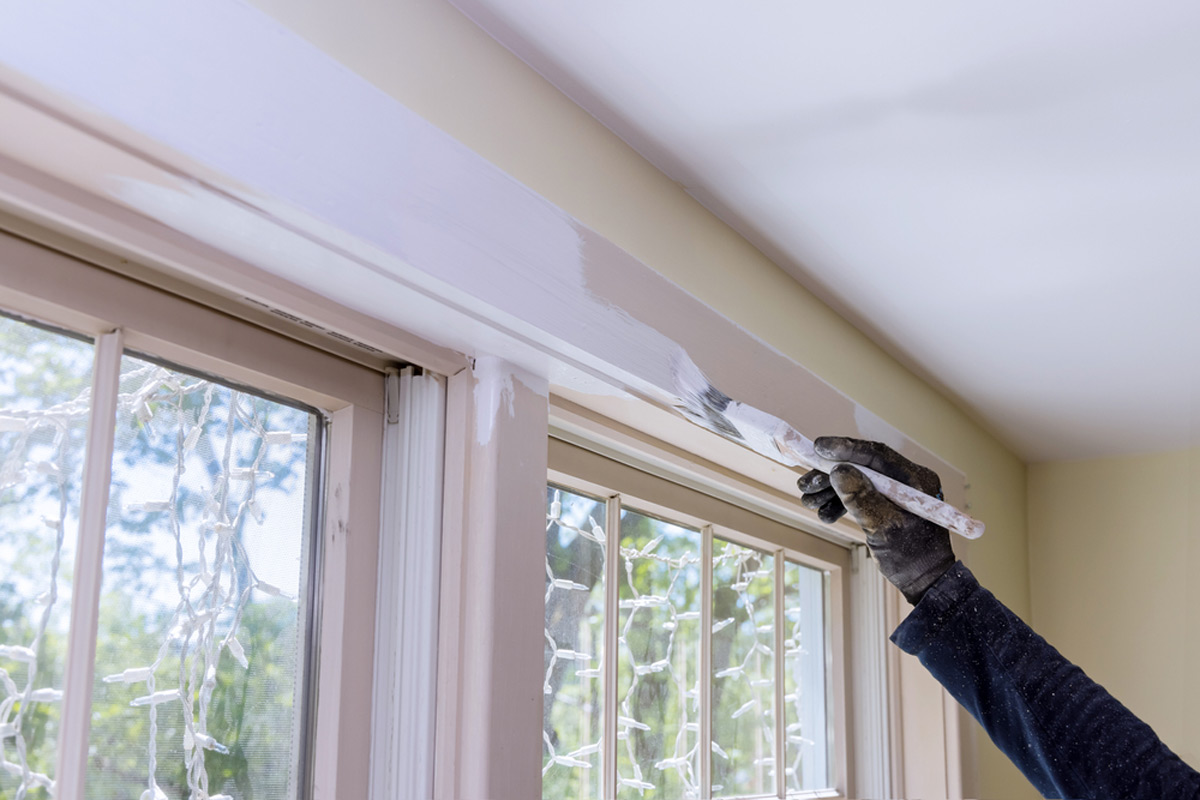
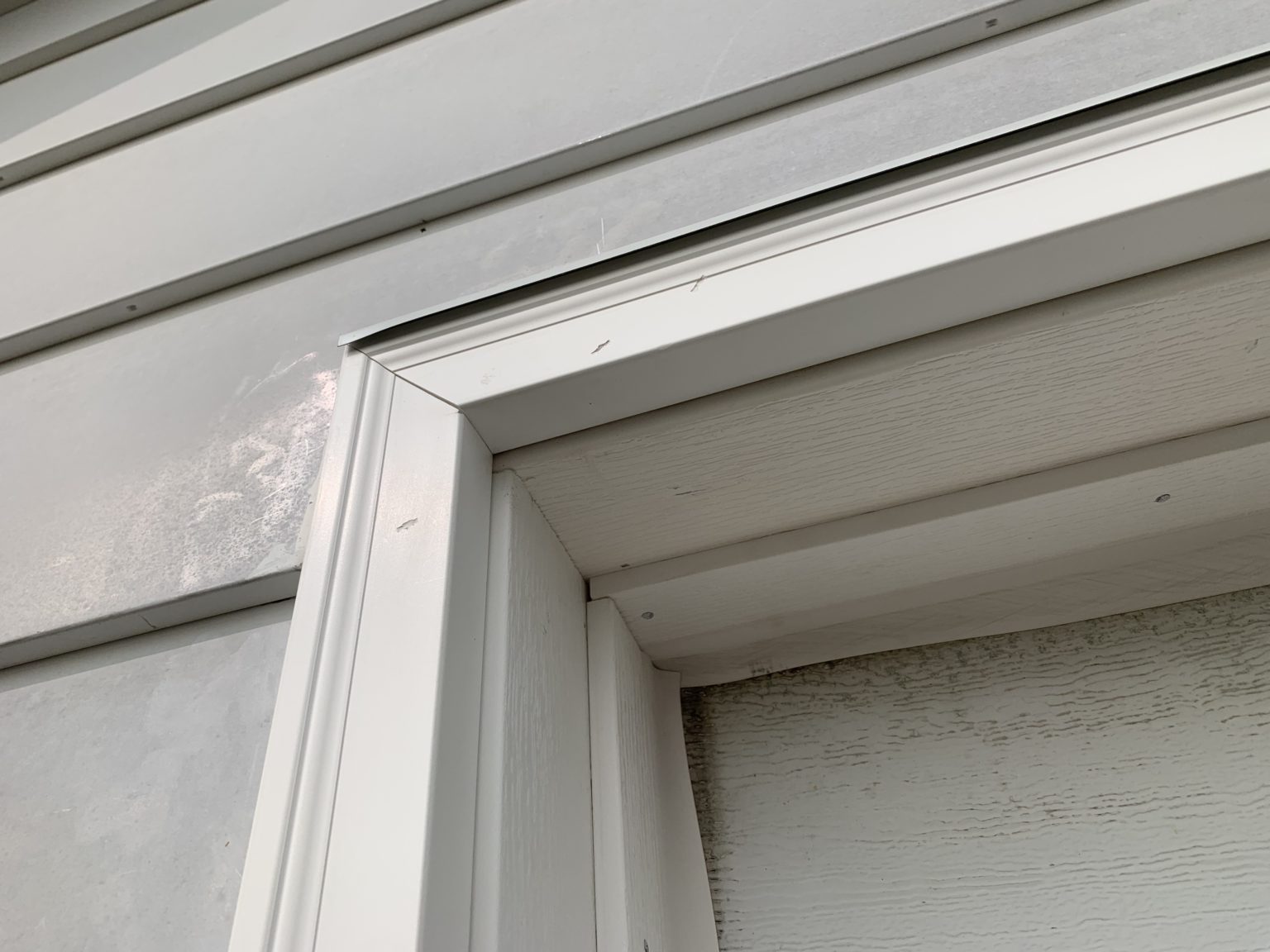

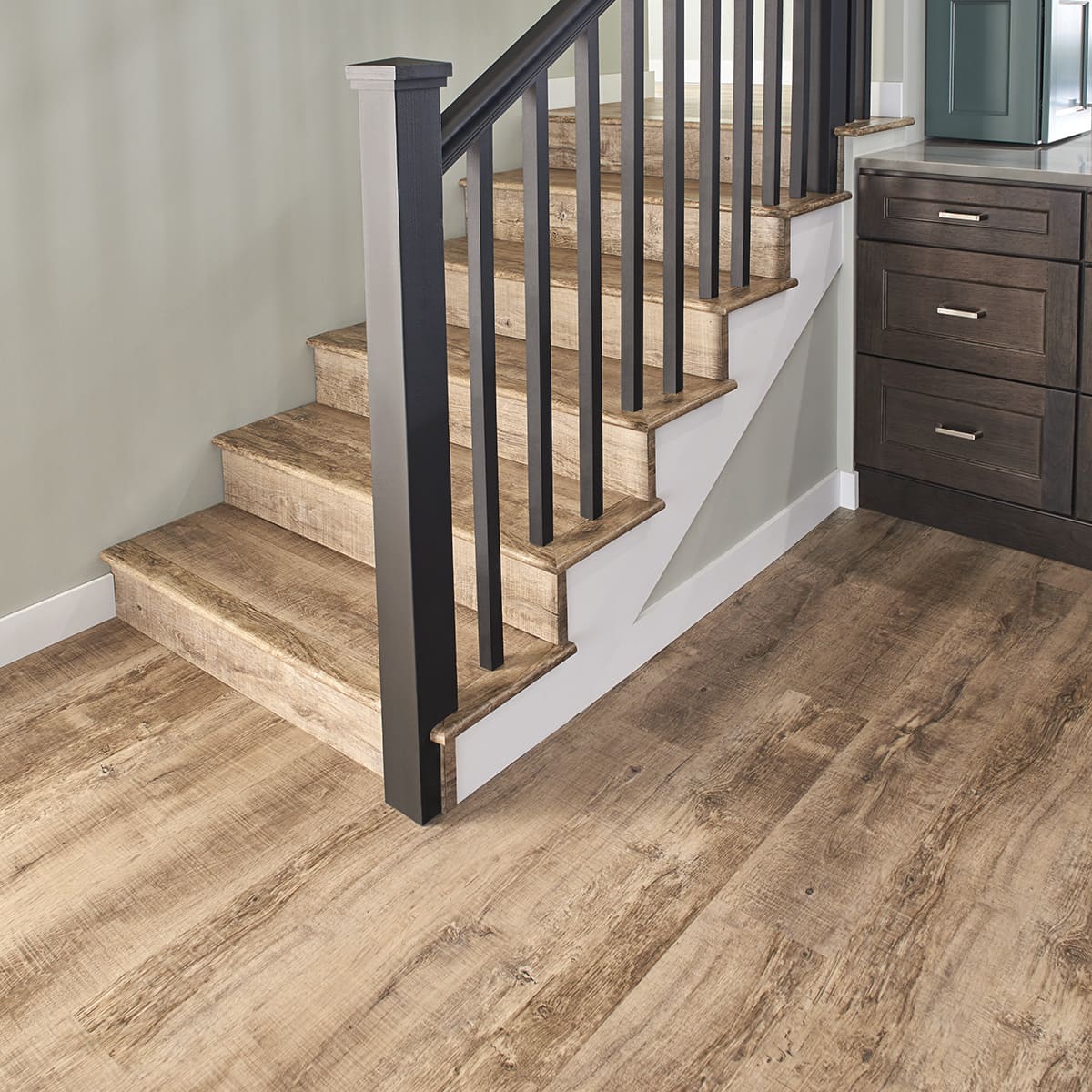


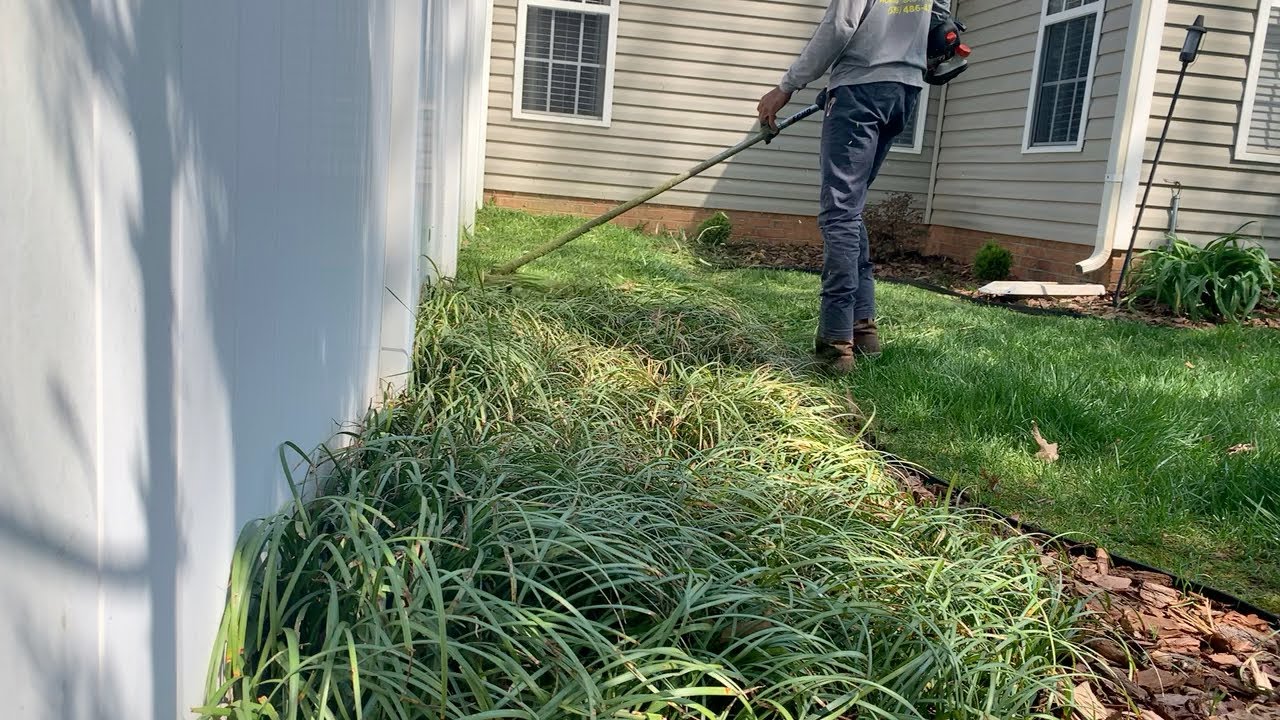

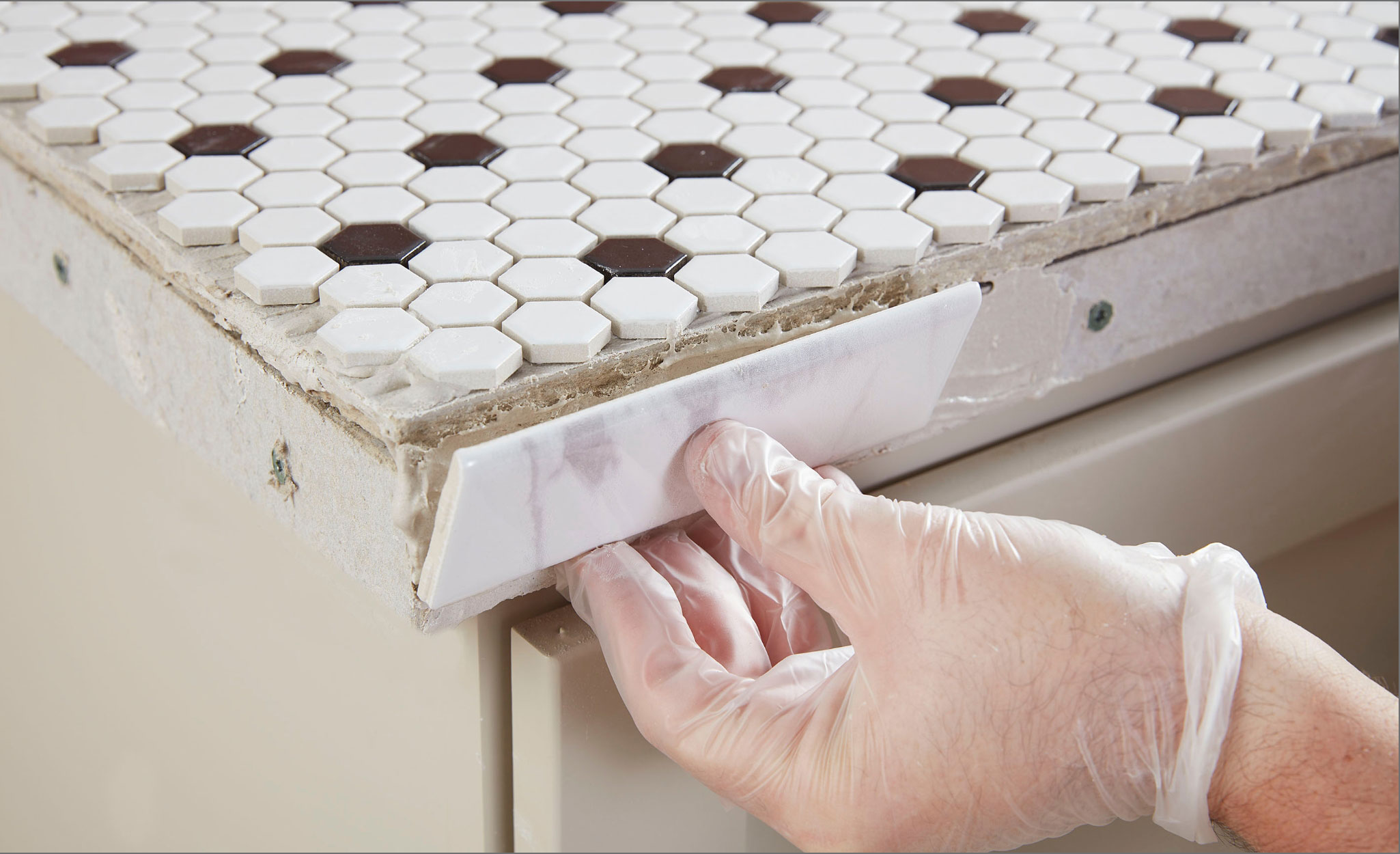




0 thoughts on “Tips for Trimming Your Mortgage Expenses”